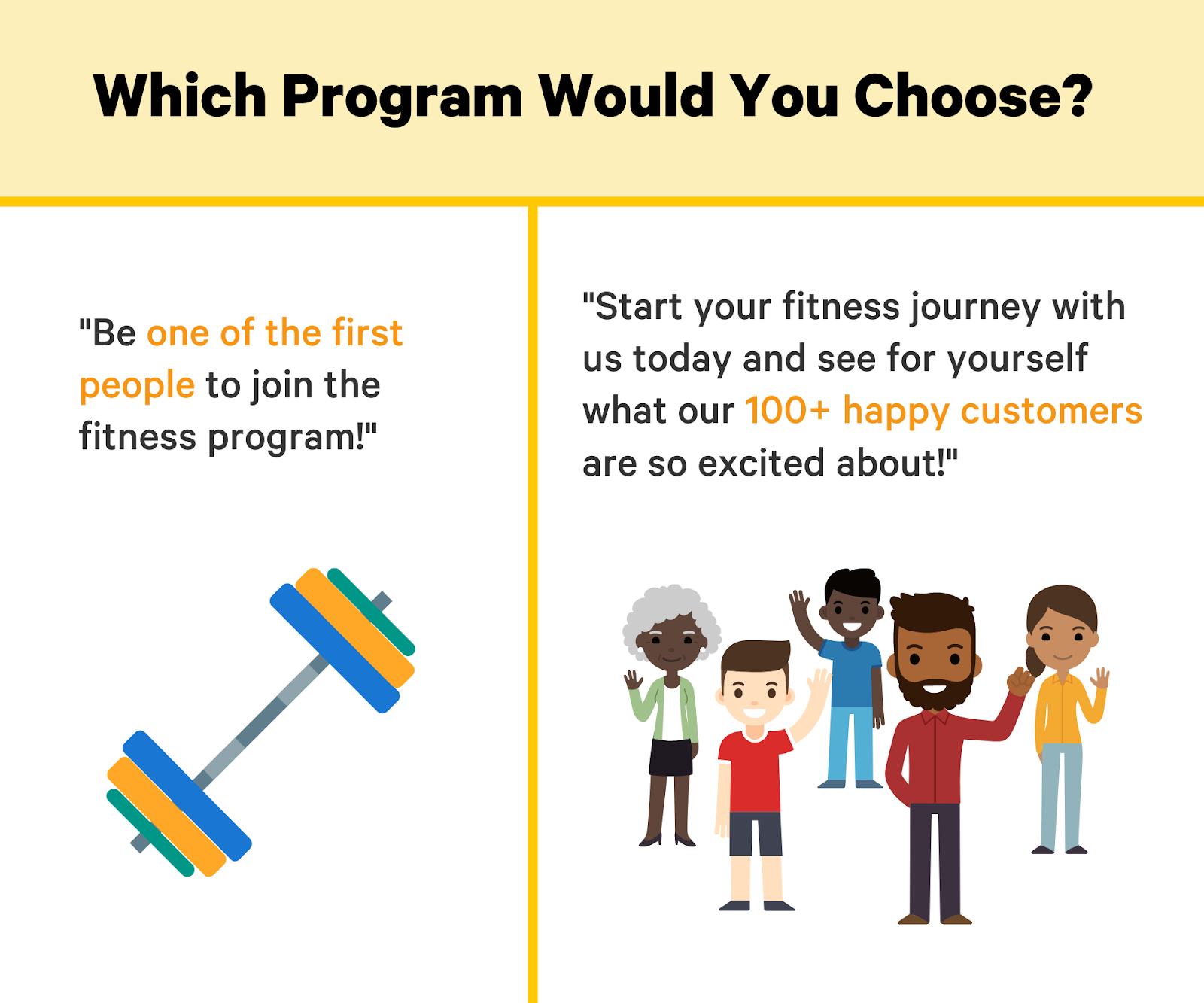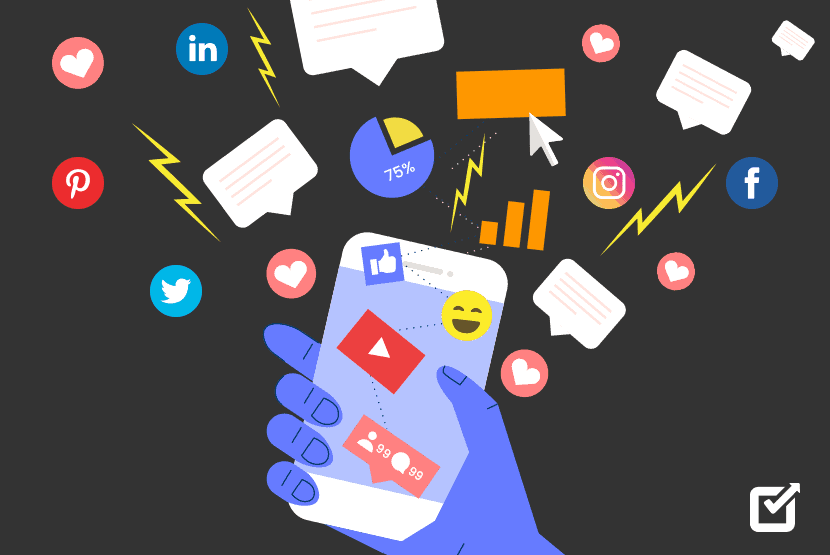
Outsourcing your social media management can have many benefits. In addition to lower rates, you also get an extra pair of hands when you need them. You can even hire an intern or contractor to handle your social media during a major event, such as the launch of a new product or service. It is difficult to hire social media managers who can monitor and manage multiple channels at once, but a third-party can take over during important periods.
Sprout Social
Sprout Social helps businesses decide their social media budgets. They also help determine how much each ad will spend. They track hashtag analytics, content performance, and team productivity. Users can create custom reports to share with stakeholders and determine the ROI. Sprout Social offers templates for creating a social media business plan and securing advertising funding. These are the top social media marketing reasons to invest:

Sprout Social's training curriculum consists of four training videos and a course. After completing the training, users should email Marketing Enablement with a certification. Video recordings of the trainings are available as well as documentation guides. Sprout Social is a fantastic tool for business owners who need to monitor social media spending but don't wish to spend too much. It is also an excellent tool to assess influence online.
Sprout Social has a large feature set and an easy-to-use UI. It provides robust data insights to help businesses analyze the performance of their social marketing strategy. The platform also includes social listening and analytics tools. It can help your business determine how effective its social media strategies are. Sprout Social also offers paid social reports. You can even integrate it to your helpdesk. The Sprout Social Advanced plans cost $249 per month. With this price, you get a lot of extra features, including social listening.
The Sprout Social software platform is an all-in one social media management platform. It unlocks the power and potential of social media. It changes not only your marketing strategy but all other areas of your business. Sprout Social customers have access to a social media management platform that analyzes and tracks social data. This allows them to engage their audiences and improve their internal processes. When you use Sprout Social, your social media budget will go a long way towards driving your business's ROI.
Sprout Social has also built-in scheduling. Instead of having to log in to all your social media accounts, you are able schedule posts ahead-of-time and then publish them. Sprout Social's algorithms will help you post content at the best time to drive the most engagement. All your assets are stored in one central place by the program. The program allows you to create, edit and publish content daily. Sprout Social also offers detailed analytics reports.

Sprout Social research has shown that video is the most desired format for brands to use. GIFs perform well as well, particularly among Millennials. Brands will be remembered primarily for their emotional content, regardless of whether it is delivered by paid third party. This doesn't mean you have to spend a lot on paid content. Be sure to set aside an emotional budget for your social networks.
FAQ
What Content Marketing Strategy is right for me?
If you already know your message, then a Content Marketing Strategy works perfectly.
However, if you need some guidance before getting started, here are a few questions to ask yourself:
Does my business need to communicate something specific? Or, do you want content that is universally appealing?
Do I want my efforts to convert visitors into buyers or generate leads?
Is it one product I am trying to promote or multiple products
Are you interested in connecting with people outside my industry?
A Content Marketing strategy is what you need if you answered "yes" any of these questions.
How is content marketing different from traditional advertising?
Content marketing is different. Traditional advertising focuses only on getting attention. Traditional advertising is often a waste because most people ignore them. With content marketing, however, you'll see much higher engagement rates.
How long should my content marketing be lasting?
That depends on your goals. Different businesses have different goals. Some are focused on short-term results while others seek long-term growth. We recommend three months of consistent content generation and then reevaluating the process after that period.
Statistics
- To further show the importance of this, 89% of people have stopped doing business with a company because of a poor experience. (neilpatel.com)
- Measure your goals with a progress indicator of 0-100%. Make your goals collaborative and transparent (semrush.com)
- This marketing strategy landed Ford a 15.4% conversion rate. (neilpatel.com)
- Seventy-two percent business to business (B2B) (mailchimp.com)
- An example of an overarching goal could be: "In 2022, we want to achieve a 20% increase in revenue created by organic content and generate 15,000 MQLs with a budget of $30,000." (semrush.com)
- According to research compiled by Coschedule: Companies that publish 16+ blog posts a month get as much as 3.5x as much traffic as those that publish 0-4 posts a month. (criteo.com)
- Progress indicators (0–100%) allow each team member to see how attainable each goal is and understand what remains to be accomplished. (semrush.com)
- According to our research, brand awareness, attracting traffic, and generating leads remain the key content marketing goals in 2022. (semrush.com)
External Links
How To
Informationgraphic creation tips to help with content marketing
Infographics are an effective way to explain complicated concepts clearly and make information understandable. You should use infographics to spread the message about content marketing.
You'll need design software such as Adobe Illustrator or Photoshop to create an infographic. These programs can be used for drawing out shapes and elements to represent data. After that, you can add fonts and colors to make it look professional. Once your design is ready, you can start uploading images from sites like Pixabay and Unsplash to insert into your design.
Look online for inspiration to create your own infographics. A picture of a food Pyramid could be used to show how many calories each food has. Or, you might choose to look up how much sugar is in soda pop and change that number to a picture of a bottle of Coke.
After you have created your infographic, it can be shared through social media channels such as Facebook and Twitter. This allows people to learn more about the concept, even if they aren't familiar. In order to make others see your infographic, use hashtags when you post it on social media. Users can follow along with specific conversations using hashtags.
Try to make your infographic posts shorter than you normally would if you create one. An average blog post can be anywhere from 2000 to 5000 words long, while an infographic only requires 500 to 1000 words. You can communicate more information in less space.
Your infographic should be easy to read for some viewers. Make sure you use large enough fonts and don't rely too heavily on color for your graphics. Make sure all text is legible.
Here are some other tips.
-
Choose an Infographic Design Template. You can find many templates online or in printed formats. Canva and Piktochart are some of the most popular.
-
Create your Infographic. Use the template to create your infographic. You can use any type of media that is appropriate for your audience. In this example, photos of Seattle restaurants might be used to create an infographic about Seattle's best restaurants.
-
Add Text. Add text to your infographic once you have it created. You can use Microsoft Word, PowerPoint or Canva to add text.
-
Add images. Your infographic can also include images. These images can include charts, graphs and icons. If you wish to include a picture, ensure it is relevant.
-
Make It Interactive. Interactive elements like buttons, maps and links can be added to your website. This will allow you to engage your audience.
-
Share. Share your infographic with others on social media such as Facebook, Twitter and LinkedIn.
-
Measure. What was the performance of your infographic? Are people clicking through to your website or not? Did they signup for your mailing list? Was their reaction to the infographic?
-
Improve. Are there ways you could improve your infographic? What could you do better next year?
-
Repeat. Do it again.